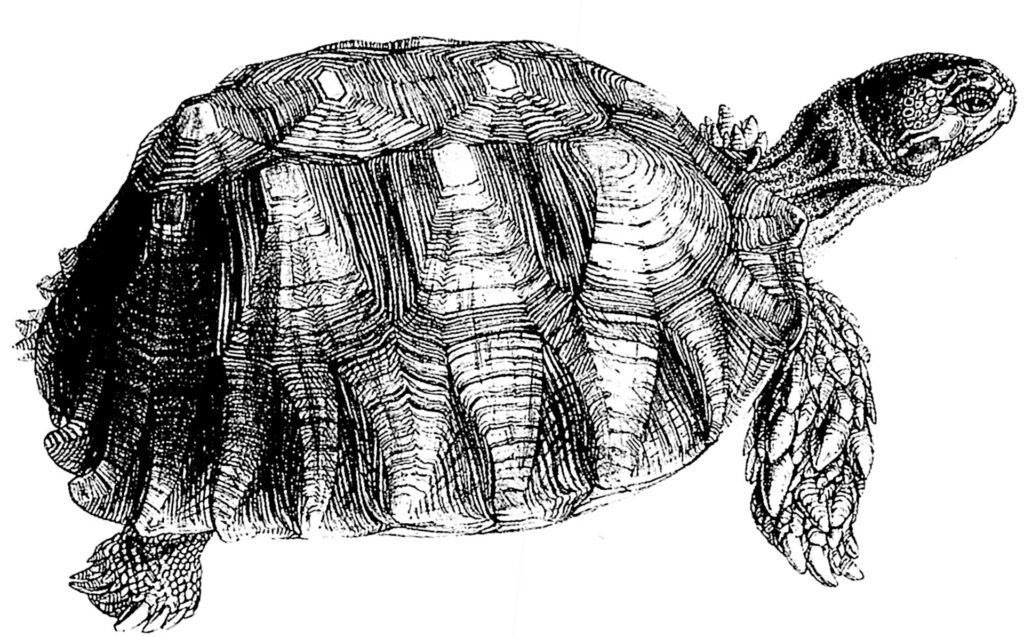Another story for liberal religious kids, this time from the Yoruba people.
Tortoise one day told the other animals that he would ride Elephant, the way humans ride horses. But all the other animals said: “No, you can’t ride Elephant.”
Tortoise said, “Well, I will make a bet with you that I will ride Elephant into town.”
All the other animals agreed to the bet.
Tortoise went into the forest and met Elephant. He said, “Elephant, all the animals say you are too fat and too big to go into town.”
Hearing this, Elephant grew angry. He said, “The animals are fools. I do not go into town because I would rather stay in the forest. Besides, I do not know which path leads to town.”
“Oh, if that’s all,” said Tortoise, “you can come with me. I will show you the path that leads to town, and you can put all the other animals to shame.”
So Elephant followed along, and when they were near to town, Tortoise said: “Oh, Elephant, I am tired. Will you kindly allow me to get on your back?”
“Of course,” said Elephant. He knelt down, and Tortoise climbed up on his back. Then they continued along the path to town.
Then Tortoise said, “Elephant, you need to put on a good show when you get to town. So when I scratch your back, run. When I knock my head against your back, run faster. Then you will impress all the other animals.”
Elephant agreed that this sounded like a good idea.
When they came near the town, Tortoise scratched Elephant’s back. Elephant began to run. Next, Tortoise knocked Elephant’s back with his head. Elephant ran even faster.
The animals, when they saw this, were frightened. They went into their houses, but they looked out of their windows. And Tortoise called out to them: “Did I not say I would ride to town the way humans ride horses?”
“What do you mean that you ride me like humans ride horses?” said Elephant, growing angry.
“I am only praising you,” said Tortoise.
But Elephant saw the other animals laughing, and grew more angry. “I will throw you down on the hard stones here, and break you to pieces,” he cried.
“Yes, yes, that is right,” said Tortoise. “Throw me down here. That will be all right. Then I shall not be hurt. If you really wanted to kill me, you would carry me to a swamp. If you threw me in a swamp, I would die at once, for the mud and water would drown me.”
So Elephant ran to the swamp, and threw Tortoise into the mud. Then Elephant stretched out his foot to kick Tortoise, but Tortoise dived in the muddy water, and came up in another place.
The other animals were there, looking on, and Tortoise called out to them, “Did I not say I would ride Elephant the way humans ride horses?”
When Elephant found that he could not catch Tortoise, he ran back to the forest. There he said to the other elephants, “Do you know what Tortoise has done to me?” And he told the other elephants the story.
But the other elephants only said, “You were a fool to carry Tortoise to town.”
Since then Elephant has not come to town any more.
Source: Alfred Burdon Ellis, The Yoruba-speaking peoples of the Slave Coast of West Africa : their religion, manners, customs, laws, language, etc : with an appendix containing a comparison of the Tshi, Gã, ?we, and Yoruba languages (London: Chapman and Hall, 1894).

